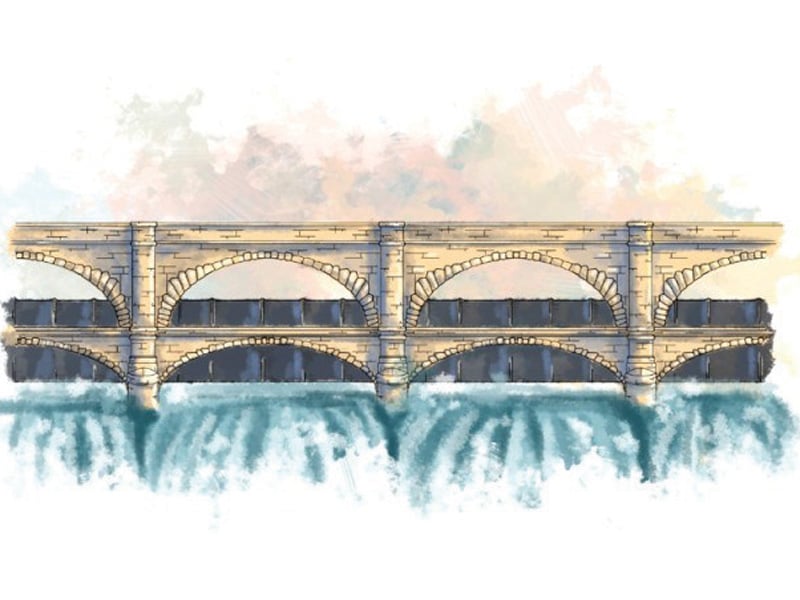
These views were expressed by participants during a programme on ‘Gomal Zam Command Area Advocacy’, organised by the Regional Institute of Policy Research and Training (RIPORT) in collaboration with a USAID project ‘Small Grants Ambassador Fund Progam’ (SGAFP) on Tuesday in Peshawar.
Taking almost a century to be built, the Gomal Zam Dam, which is 95% complete, presents the government with a challenge to settle land disputes in the region. It is feared these disputes will escalate to a tribal feud owing to collective land ownership and absentia landlords now exerting their authority for its possession.
A feasibility report on the dam’s construction was first made by the British in 1914, but the start of World War I stopped the process from materialising. This happened again due to World War II after another report was submitted in 1935. After 1947, three more feasibility reports were given and the process finally began in 2001 when the government announced its construction.

The dam, situated in Kajori Kuch, South Waziristan, will function for irrigation purposes in addition to producing 20MW of electricity. Its completion will benefit 81 villages, 51 in DI Khan and 80 in Tank, by irrigating 195,000 acres of land.
Ahmad Zeb, member of a civil society organisation, said the major issue faced by locals surrounding the dam is collective land ownership. Additionally, absentia landlords are now attempting to exert their authority over the property which has been cultivated by its tenants for decades.
“With land possession issues surfacing, Kulachi is to face serious disputes once lands irrigation begins,” said Humayun Khan, a resident of Tank district.
Khalid Aziz, the chairman of RIPORT, said earlier the land did not bear as much importance. However, after its construction, those who had left large holdings to their tenants want them back.
“RIPORT and the provincial government are working to set up a consultative institutional mechanism, based on community and government stakeholders, to addressing agriculture related challenges,” he said.
“We have a few dams in the country,” said Secretary Planning and Development (P&D) Dr Asad Ali. “Southern Khyber-Pakhtunkhwa (K-P) districts have vast tracts of land but depend on rainwater for cultivation. Public private partnership is the need of the hour.”
The secretary said it was important to educate people on how to utilise the irrigation system, so that they could get the best output for their investment.
“As opposed to the past, we now have a better vision and a comprehensive development strategy. We also have Post-Crisis Needs Assessment programmes in K-P that will transform the region in 8-10 years”, he added.
“The people’s social and economic life is going to change for the better once the dam is functional,” said Tank Assistant Commissioner Revenue Sadaqatullah.
Published in The Express Tribune, March 27th, 2013.

1732745394-0/Diddy-(4)1732745394-0-165x106.webp)









COMMENTS
Comments are moderated and generally will be posted if they are on-topic and not abusive.
For more information, please see our Comments FAQ